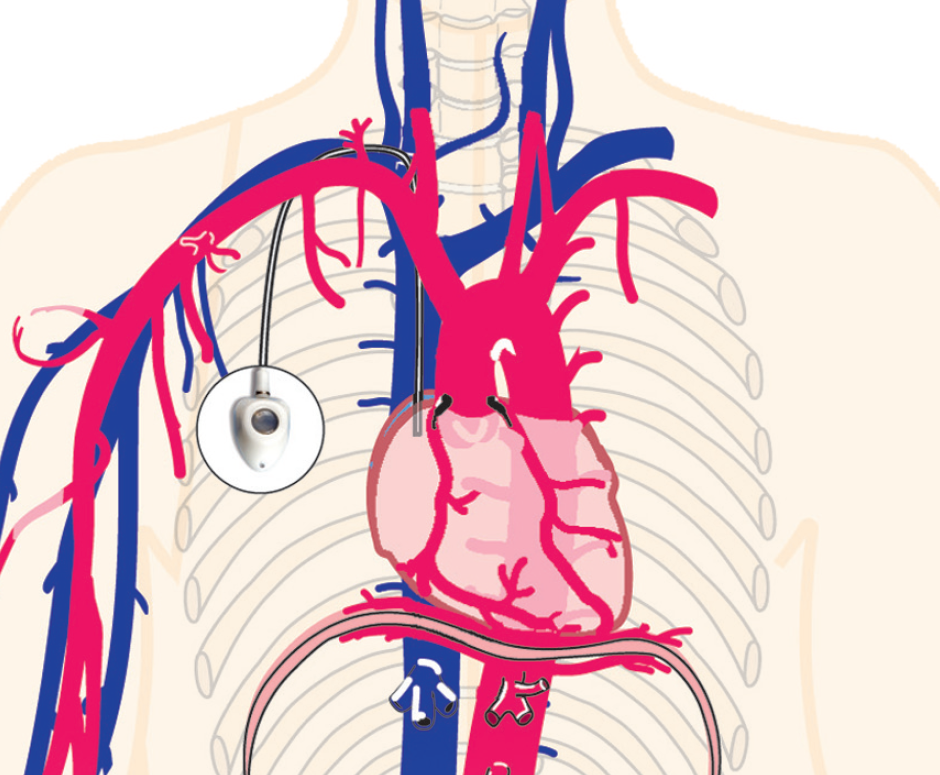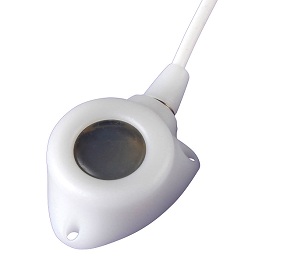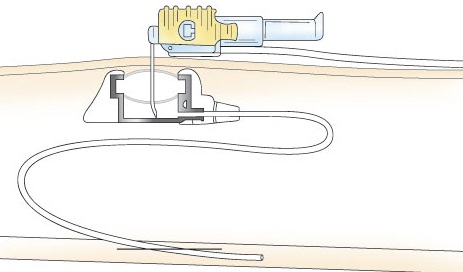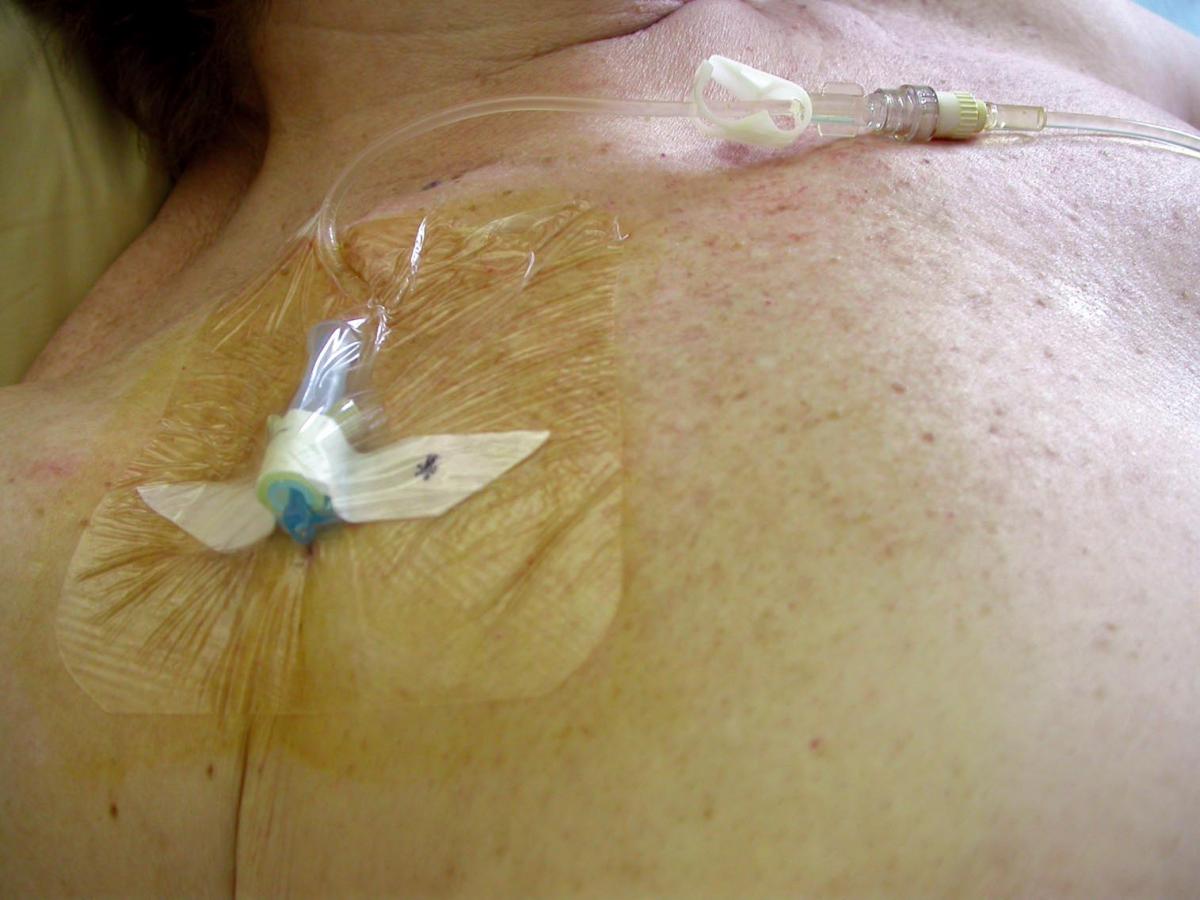
is joining VYGON

PEROUSE MEDICAL becomes the Cardio-Vascular and Adult Long term Vascular Access specialist within VYGON’s group

POLYSITE® implantable ports
You have a POLYSITE® implantable port
The POLYSITE® implantable port has been prescribed for you and implanted because your medical treatment requires frequent administration of medicines and infusions. When many injections or infusions are required, repeated insertion of needles into superficial veins can cause many problems such as an unpleasant painful feeling, damage to the vein and superficial inflammation of the skin.

The implantable ports have been designed to respond to these disadvantages.
They allow you to be given your treatment with more comfort. The venous POLYSITE® is a system which also allows transfusions and large molecules to be administered.
The POLYSITE® device is positioned completely under the skin and allows you to carry on your normal activities and lead a normal life (you can shower or bath) outside of hospitals or during care.
Note: Bring your patient booklet and have it completed whenever the POLYSITE® is used or when you attend hospital.
Hygiene:
Unless your care team gives you any specific instructions otherwise, you can shower and bathe freely after the post-operative period. You should clean the skin around the implantation site in the same way as the rest of your body using your usual product. There is no use in applying any local ointments or dressings.
Checking:
Check regularly and each time after it is used that there is no redness, irritation, pain or swelling around the site. Consult your doctor promptly if any of these signs develop.
Maintenance (POLYSITE®, venous and arterial):
In order to avoid the catheter becoming obstructed, the device should be rinsed with physiological saline each time after use using the ‘pulse’ rinsing technique. After a blood sample has been taken the care staff will rinse the catheter with physiological saline and may heparinise the device (following the establishment’s protocol). No maintenance is required for the peritoneal or spinal site.
POLYSITE®: definition, description and operating principle

POLYSITE® is an easily administered implantable system for injectable medicines. It is positioned directly beneath the skin, usually in a discrete easily accessible place (chest level). Medicines then reach the blood circulation directly after simply puncturing the site through the skin.
The illustration (fig 1) shows how medicines enter the circulation after the injection through the port and catheter.
Fig 1

A special needle (with a “HUBER TIP”) (fig 2), connected to a syringe or an infusion, is inserted through the skin and the septum into the port. As the needle only passes through the skin the patient will only experience a simple pricking sensation.
Fig 2

Once the treatment is over and the needle has been withdrawn a dry dressing is left in place for 12 to a maximum of 24 hours. The dressing should then be removed and the patient can then bathes or shower.
POLYSITE® implantable ports allow contrast medium to be injected for a CT scan or MRI.
FREQUENTLY ASKED QUESTIONS:
You should avoid carrying heavy weights and vigorous exercise in the initial days after implantation. Your nurse will give you all the necessary instructions for this period. You can start your usual activities again only a few days after the implantation.
Most security gates do not detect implantable ports. If it does detect it just show your patient card.
You should also be aware that passing through a security barrier, CT scan or MRI, presents no risk.
Your implantable port will remain in place throughout your treatment. Your doctor will decide when to remove it. The procedure involved in removing the port is as simple as the procedure to implant it.
Follow your nurse/doctor’s instructions for the first few days as you will be wearing a dressing. In the days after that, once the dressing has been removed, you can start taking showers/baths again as usual.
You may experience slight inflammation and tenderness in the incision area immediately after the POLYSITE® implantable port has been implanted, for 24 to 48 hours. Do not hesitate however to contact your doctor/nurse if you see any unusual changes in your skin around the implantation area such as an increase in swelling or redness. Contact your doctor immediately if you develop pain, fever, shivers, shortness of breath or dizziness. The patient card which was given to you after the implantable port was implanted contains important information about your implant. Do not forget always to show it at each consultation.
During your treatment, your medical team will need to ensure that everything is going well. Scans offer a better detailed view of your anatomy than conventional radiographs.
Your doctor will need to inject contrast medium through your POLYSITE® implantable port in order to obtain clearer images as you pass through the scanner. This procedure is painless and hazard-free.